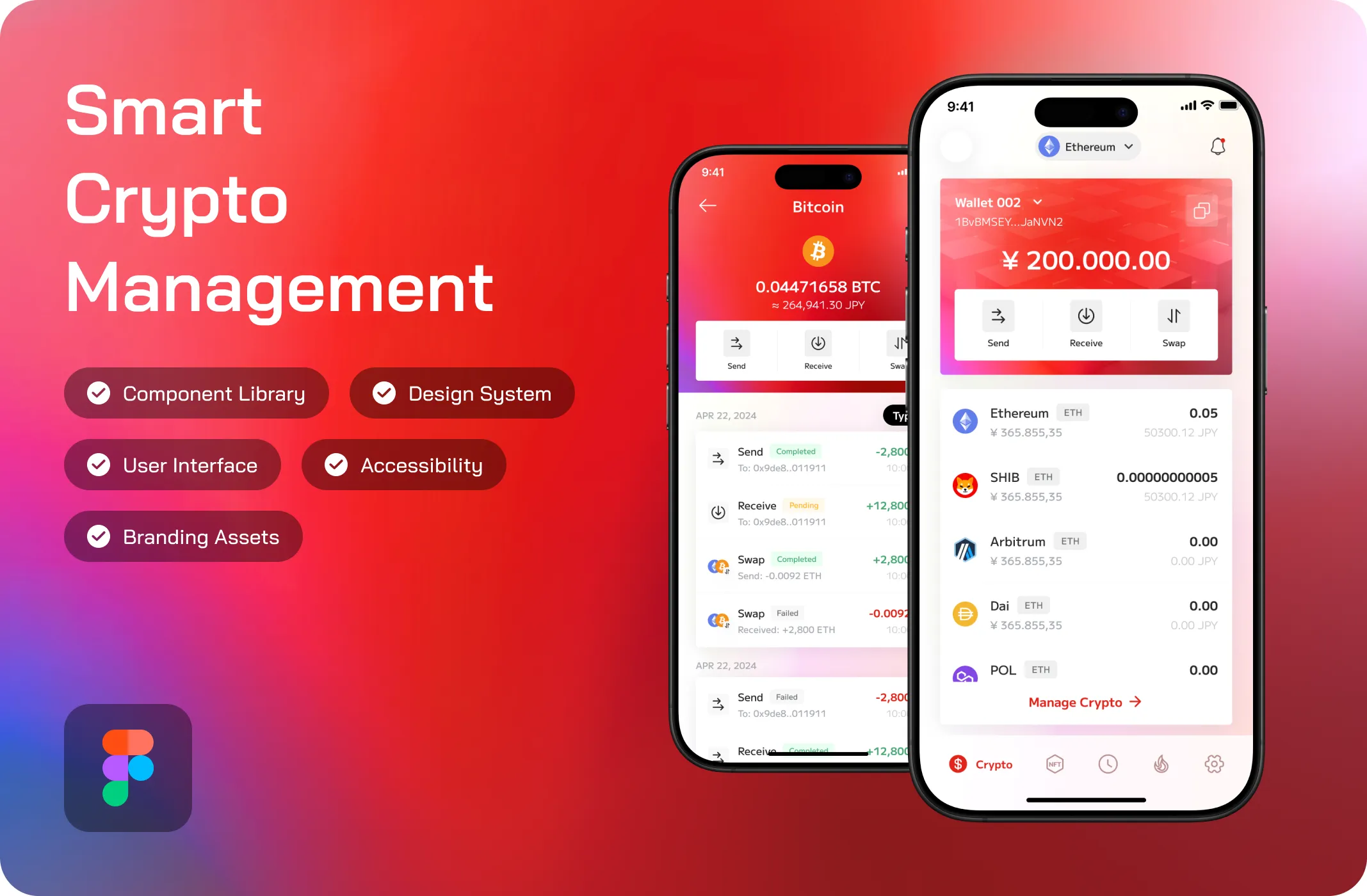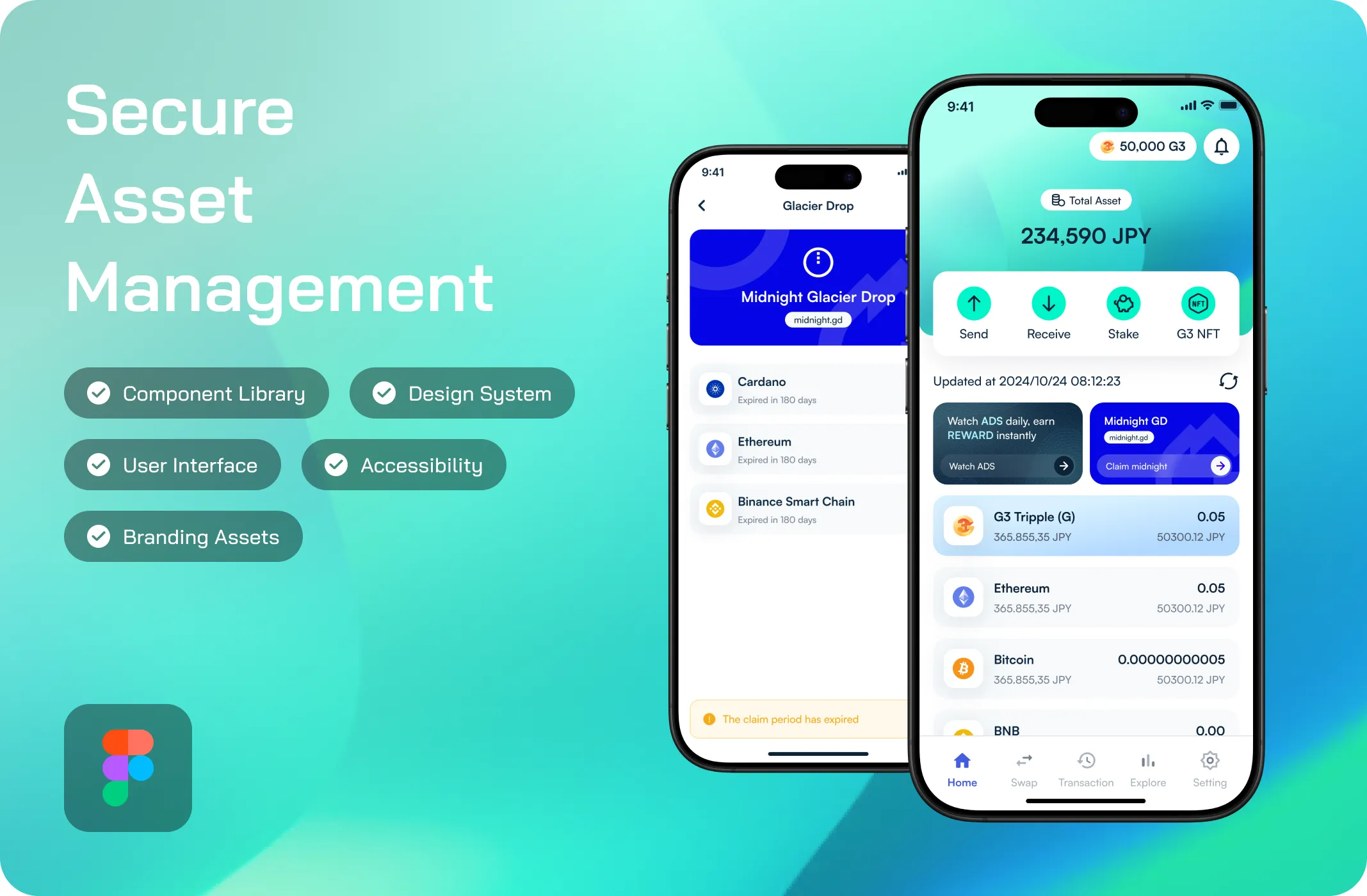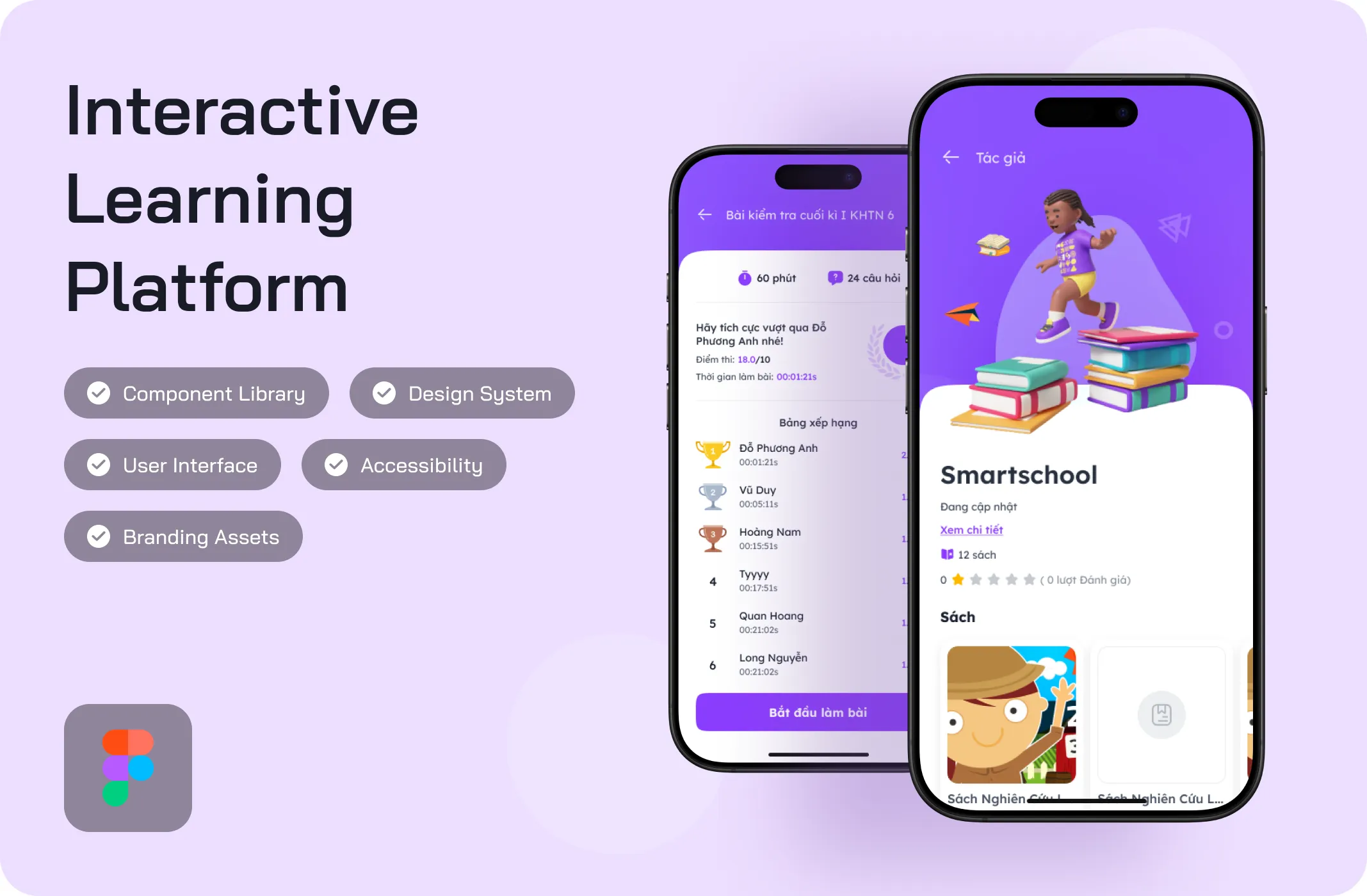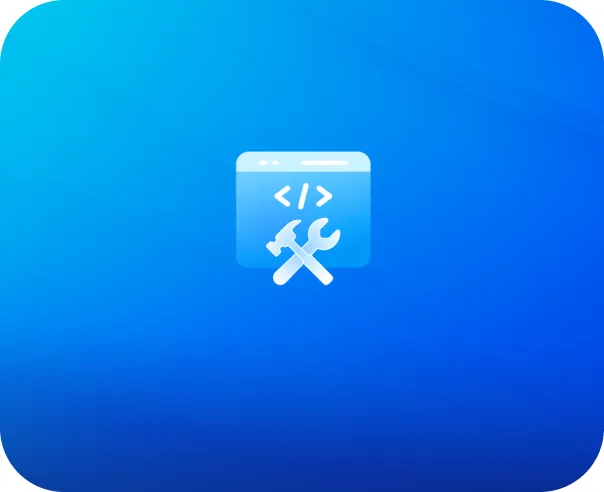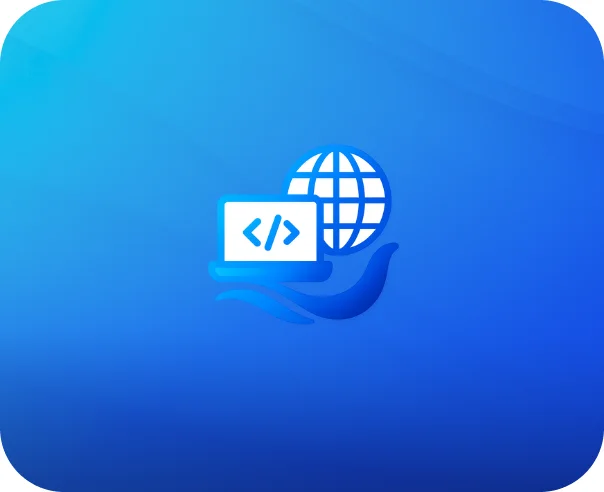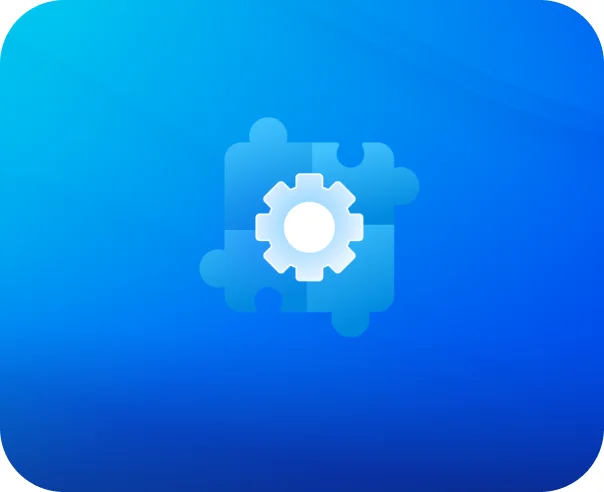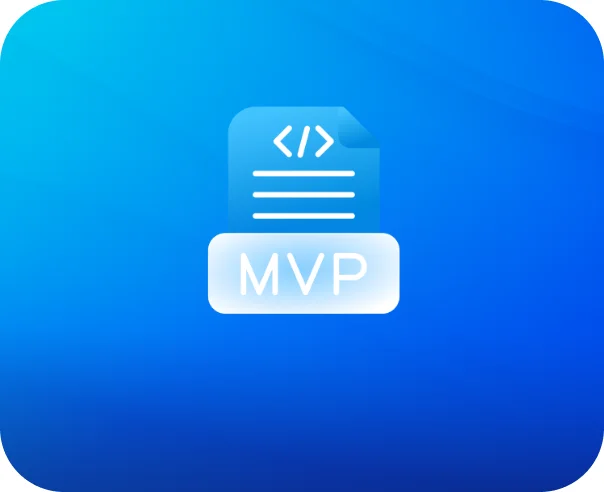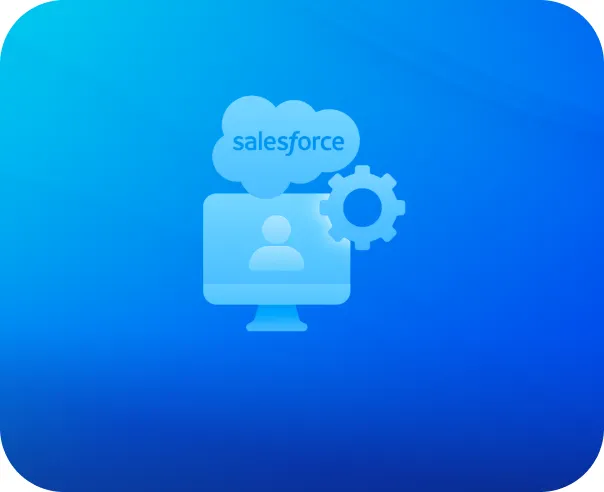Software ProductDevelopment Services
At Newwave Solutions, our software product development services help businesses transform innovative ideas into scalable, market-ready solutions. With over 14 years of experience and 800+ successful projects, we specialize in building high-performing products that meet both technical and business goals.
Whether you need rapid MVP, enterprise-grade applications, or long-term product evolution, we deliver tailored solutions powered by cutting-edge technology. Contact us today to accelerate your growth and bring your vision to life
Years of Experiences
Success Projects
Active Clients
Professionals
Our Advance Technology Stack
Our strength lies in selecting and applying the right technology stack for each product. By combining proven programming languages, robust frameworks, and modern tools, we ensure performance, security, and scalability throughout your product lifecycle. With strong expertise in both front-end and back-end development, cloud solutions, and emerging technologies, Newwave Solutions guarantees that your product will be future-proof and competitive in the digital marketplace.

Our end-to-end software product
development solutions
From Concept to Reality
What You Gain
by Working with Us?
Key Capabilities We Build
into Every Software Product

At Newwave Solutions, we design every product with a balance of functionality, usability, and scalability. Our team ensures that your custom software solutions is not only market-ready but also future-proof—capable of adapting to new technologies and evolving business needs.
Core Capabilities We Deliver:
- User-Centric Interfaces – Intuitive and visually engaging UI/UX that drives adoption.
- Scalable Architecture – Flexible frameworks to handle growing data and users.
- Enterprise-Grade Security – Robust encryption, access controls, and compliance with global standards.
- Seamless Integrations – API development and third-party system connections for smooth workflows.
- Cross-Platform Performance – Consistent experiences across web, mobile, and cloud.
- Advanced Analytics – Real-time dashboards and reporting for smarter decision-making.
- Payment & E-commerce Features – Secure gateways, subscription models, and financial transactions.
- Continuous Upgrade Path – Regular updates and feature enhancements for long-term growth.
Frequently Asked Questions
What distinguishes your software development services?
Do you offer industry-specific custom development?
Can I outsource my entire product to your team?
Related Services
Let’s Connect
Let us know what you need, and out professionals will collaborate with you to find a solution that enables growth.
